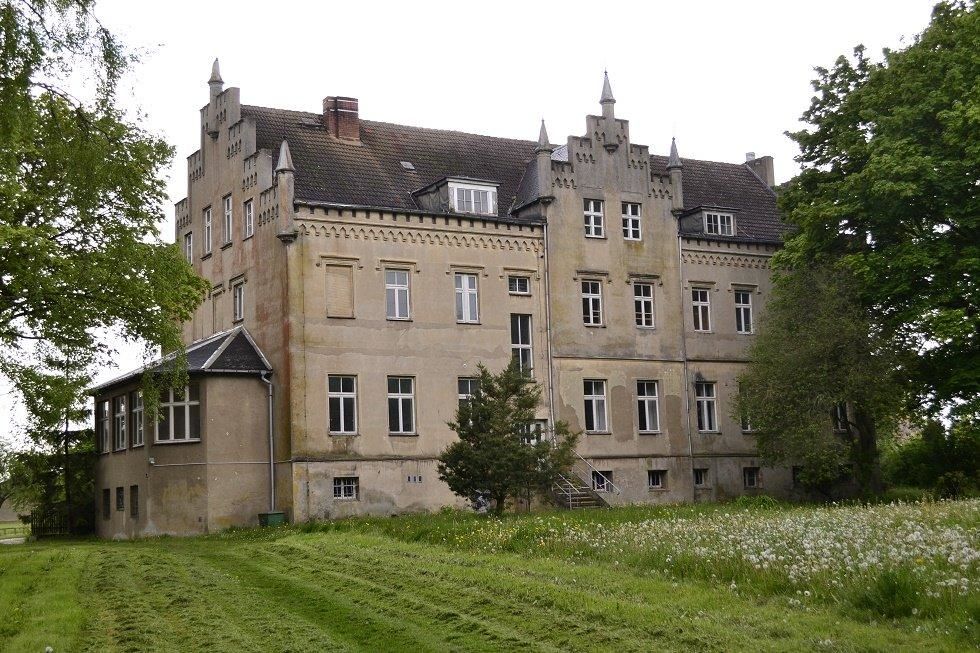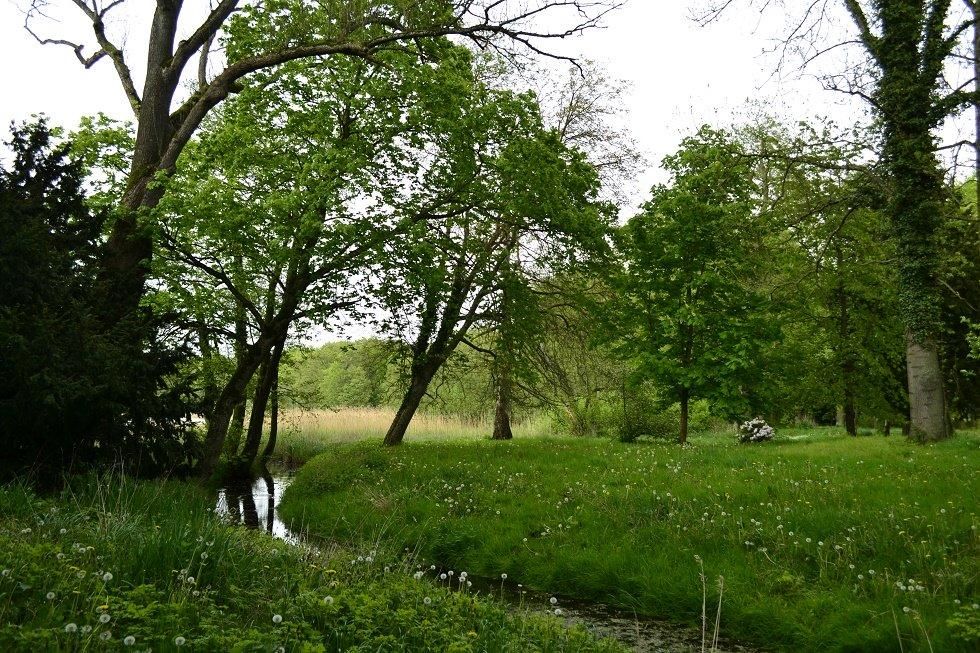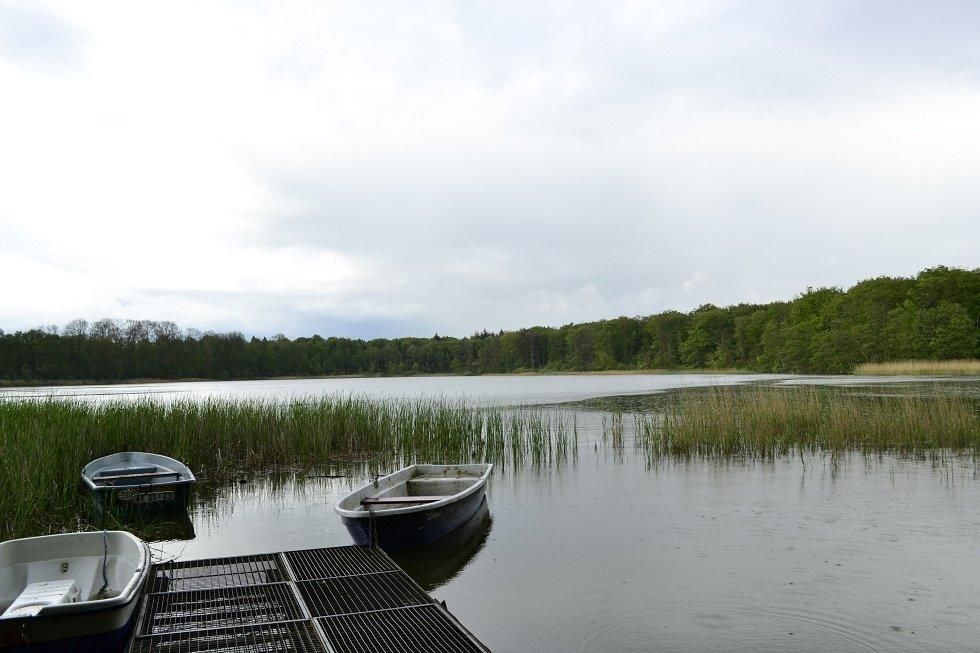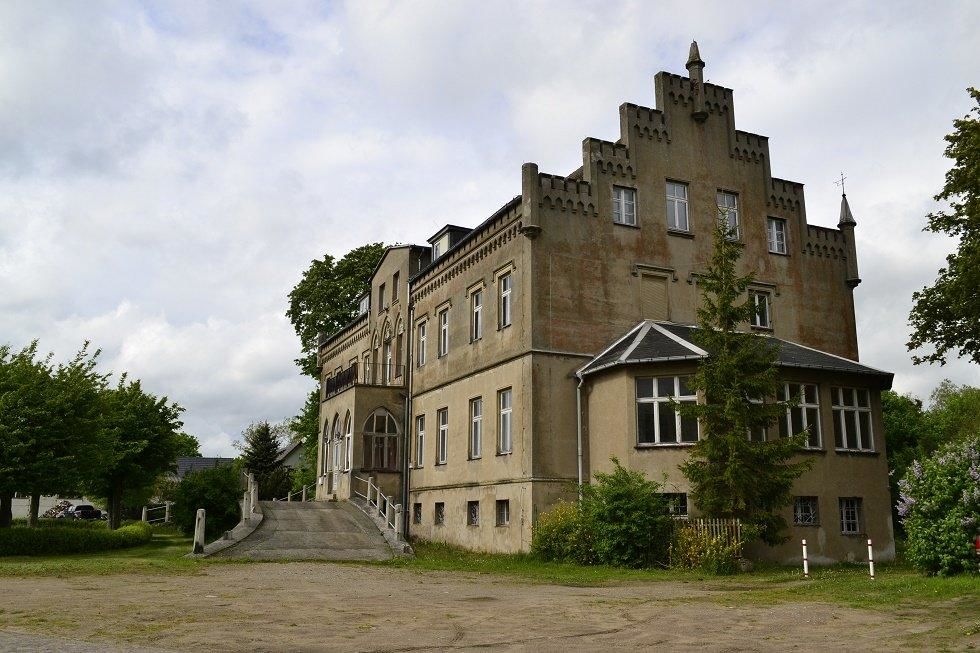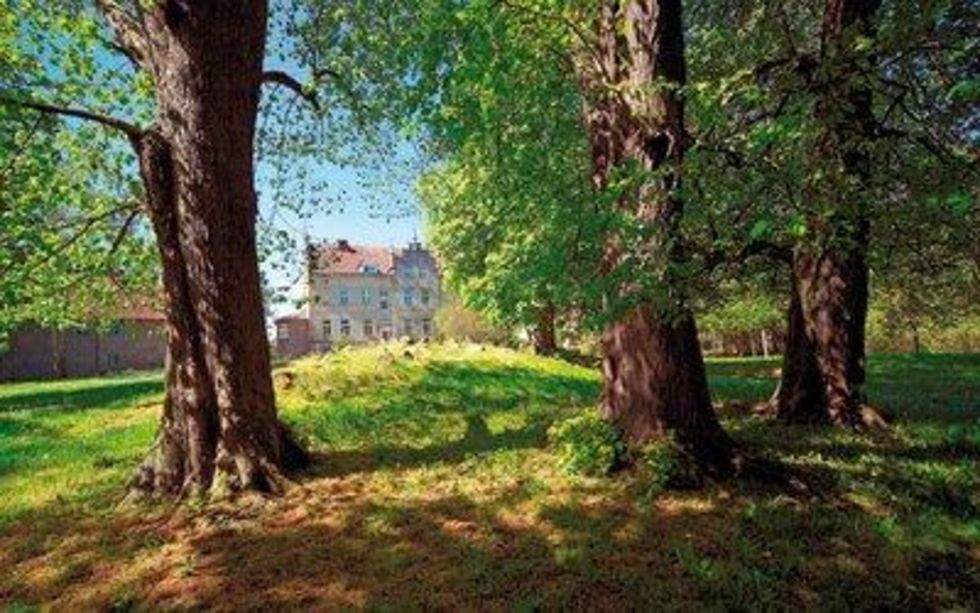Wrangelsburg
Today’s manor house in Wrangelsburg was built around 1880. It is idyllically located and has a landscape park directly on the castle lake. Many romantic hiking trails lead into the forest from here.
In 1652, Carl Gustav Wrangel (whose family the town was named after) built a new building on the foundation of a castle that was destroyed in the Thirty Years' War, and in which he temporarily resided. This new baroque castle was completed in 1664. In 1657/58 Wrangel also built a round chapel with Gothic elements in Wrangelsburg; the interior of the chapel was created by the sculptor Ficke from Stralsund and the painter Malchow. The chapel fell out of use at the end of the 18th century and was soon demolished. In 1809, Caspar David Friedrich created the missing drawing “Die verfallene Kirche in Wrangelsburg” (the derelict church in Wrangelsburg).
The long line of owners of Wrangelsburg castle also suggests a chequered history; even Malte Friedrich von Putbus once owned the castle. Von Homeyer, a grain merchant from Wolgast, rebuilt the new manor house around 1880, after the old castle was severely damaged in the 17th century.
Both buildings are surrounded by an idyllic English-style park (with the oldest Douglas fir tree in Germany) and are located directly on the castle lake. Because of its stunning scenery, in 2003 the landscape park was used as an external site by IGA Rostock, and it still attracts many visitors today.
Caspar David Friedrich and Wrangelsburg
On 5 May 1809, while on a hike from Greifswald to Neubrandenburg, Friedrich found a derelict castle and chapel in Wrangelsburg. The chapel also served as a model for a sketch. The chapel was an oval Baroque building with a central support built in 1650. Unfortunately, nothing remains of the chapel today.
